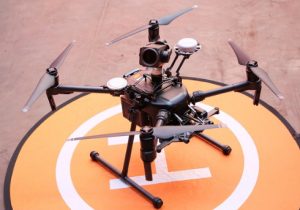
As of 1st January 2019, amendments to the bunker delivery note have entered into force, relating to the supply of marine fuel oil to ships, which have fitted alternative mechanisms to comply with the IMO’s 2020 sulphur cap. Other amendments that have come into force this year include the IMSBC Code 2017 amendment and the amendments to designate North Sea and Baltic Sea as ECAs, while the data collection on fuel oil consumption has also commenced.
Bunker delivery note
Bunker delivery note amendments enter into force only a year before the limit for sulphur in fuel oil will be reduced to 0.50% m/m outside emission control areas (ECAs), from 3.5% currently. In ECAs, the limit will remain at 0.10% m/m.
The amendments to Appendix V of MARPOL Annex VI are intended to address situations where the fuel oil supplied does not meet low sulphur requirements, but has been supplied to Continue reading “Several IMO amendments have entered into force from 1st January 2019”










